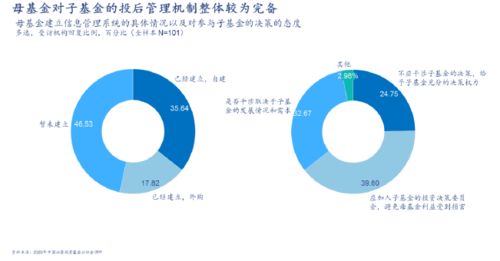Title: Understanding Mutual Funds: A Comprehensive Guide
Introduction to Mutual Funds
Mutual funds are investment vehicles that pool money from various investors to invest in stocks, bonds, money market instruments, or other assets. Managed by professional fund managers, mutual funds offer investors the opportunity to diversify their portfolios and access a wide range of securities without directly purchasing individual stocks or bonds.
Types of Mutual Funds
1.
Equity Funds
: These funds primarily invest in stocks or equity securities. They can focus on specific sectors, market capitalizations (largecap, midcap, smallcap), or investment styles (growth, value, blend).
2.
FixedIncome Funds
: Also known as bond funds, these invest primarily in fixedincome securities such as government bonds, corporate bonds, or municipal bonds. They offer regular income through interest payments.
3.
Money Market Funds
: These funds invest in shortterm, lowrisk securities such as Treasury bills, certificates of deposit (CDs), and commercial paper. They are suitable for investors seeking stability and liquidity.
4.
Balanced Funds
: Also known as hybrid funds, these invest in a mix of stocks and bonds to achieve a balance between growth and income. They are suitable for investors with moderate risk tolerance.
5.
Index Funds
: These funds aim to replicate the performance of a specific market index, such as the S&P 500. They offer low fees and are passively managed.
6.
Sector Funds
: These funds focus on specific sectors of the economy, such as technology, healthcare, or energy. They offer exposure to specialized industries but carry higher risk due to lack of diversification.
7.
TargetDate Funds
: These funds automatically adjust their asset allocation based on the investor's target retirement date. They start with a higher allocation to equities and gradually shift towards fixedincome investments as the retirement date approaches.
Benefits of Mutual Funds
1.
Diversification
: Mutual funds allow investors to spread their investments across a wide range of securities, reducing the risk associated with individual stocks or bonds.
2.
Professional Management
: Experienced fund managers make investment decisions on behalf of investors, based on thorough research and analysis.
3.
Liquidity
: Mutual funds offer liquidity, allowing investors to buy or sell shares on any business day at the fund's current net asset value (NAV).
4.
Convenience
: Investors can access diversified portfolios with relatively small investment amounts, making mutual funds suitable for both retail and institutional investors.
5.
Cost Efficiency
: Many mutual funds offer economies of scale, allowing investors to benefit from lower transaction costs and management fees compared to individual securities.
Risks Associated with Mutual Funds
1.
Market Risk
: Mutual funds are subject to market fluctuations, and the value of their investments can rise or fall based on factors such as economic conditions, interest rates, and geopolitical events.
2.
Liquidity Risk
: In times of market stress, some mutual funds may face liquidity challenges, especially if they hold illiquid assets.
3.
Credit Risk
: Fixedincome funds are exposed to credit risk, which is the risk of default by bond issuers. Higheryielding bonds typically carry higher credit risk.
4.
Interest Rate Risk
: Fixedincome funds are sensitive to changes in interest rates. When interest rates rise, bond prices fall, leading to potential losses for bond fund investors.

5.
Managerial Risk
: The performance of a mutual fund depends heavily on the skills and decisions of the fund manager. Poor management can lead to underperformance relative to benchmark indices.
Factors to Consider When Choosing Mutual Funds
1.
Investment Objectives
: Align the fund's investment objectives with your own financial goals, risk tolerance, and time horizon.
2.
Performance Track Record
: Evaluate the fund's historical performance relative to its benchmark index and peer group. Look for consistent longterm returns rather than shortterm gains.
3.
Expense Ratio
: Consider the fund's expense ratio, which represents the annual operating expenses as a percentage of the fund's assets. Lower expense ratios translate to higher returns for investors.
4.
Risk Profile
: Assess the fund's risk profile, including its volatility, asset allocation, and exposure to different market sectors.
5.
Fund Manager Experience
: Evaluate the experience and track record of the fund manager in managing similar types of funds.
6.
Portfolio Holdings
: Review the fund's portfolio holdings to ensure diversification and alignment with your investment objectives.
Conclusion
Mutual funds offer investors a convenient and diversified way to invest in financial markets. By understanding the various types of mutual funds, their benefits, risks, and factors to consider when choosing funds, investors can make informed investment decisions that align with their financial goals and risk tolerance.
